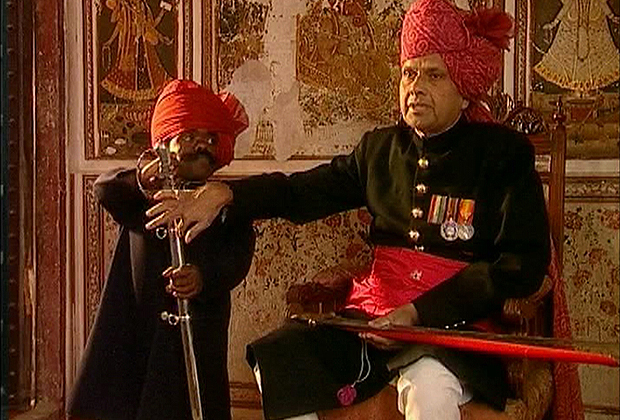In 1556, in the city of Delhi, a thirteen-year-old boy named Akbar ascended the throne. He was to become the greatest ruler of his era on the Indian subcontinent: a fierce warrior and a founder of peace, a rigid autocrat and a tolerant cultural messenger, all wrapped into one.
Details:
ZDF, arte, Discovery Channel, 2000
Length: 43/53 minutes
Written and directed by: Eike Schmitz
Camera: Manfred Pelz
Editor: Vincent Assmann
Music: Christof Vonderau
Commissioning editor: Hans-Christian Huf
German or English version
To secure permanent power in India, the Islamic Mogul Emperor needed to carry out several military conquests. He incited the bloodiest war in the desert state of Rajasthan. He slaughtered 30,000 people, after the siege of the most powerful Indian Rajput leader’s fortress. After that, hardly anybody dared to oppose him. Akbar married the Hindu Raja’s daughter, and built an empire, in which the economy and culture flourished, and Hinduism and Islam coexisted peacefully.
The film leads back to an India, which reminds us of “fairytale weddings”, elephant fights and tiger hunting. On our expedition, we meet with the living descendants of the Maharajas. They show us their splendid palaces; demonstrate their ancestors’ collections of old weapons and paintings. Their ancestors once fought against Akbar. They report that the Mogul Emperor was a visionary statesman and a religious politician, as well as a passionate lover with a marked preference for opium.
Reenacted scenes of Akbar’s life give an insight into the emperor’s personality. Archaeological finds and historical sources complete the manifold image of this chapter in India’s history.
Although the legendary Mogul empire declined long ago, you can still discover Akbar’s lasting heritage in India’s most splendid palaces, like in Jodhpur, Agra, Fatehpur Sikri and Jaipur. The architectural highpoint of this epoch is the Taj Mahal, built by one of Akbar’s successors, as a mausoleum of his beloved deceased wife. Today it stands as a monument to the dream of religious tolerance during India’s golden age.










